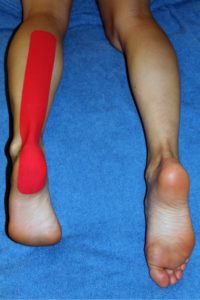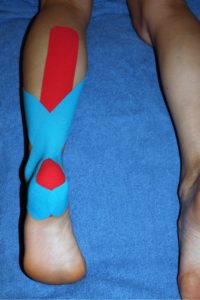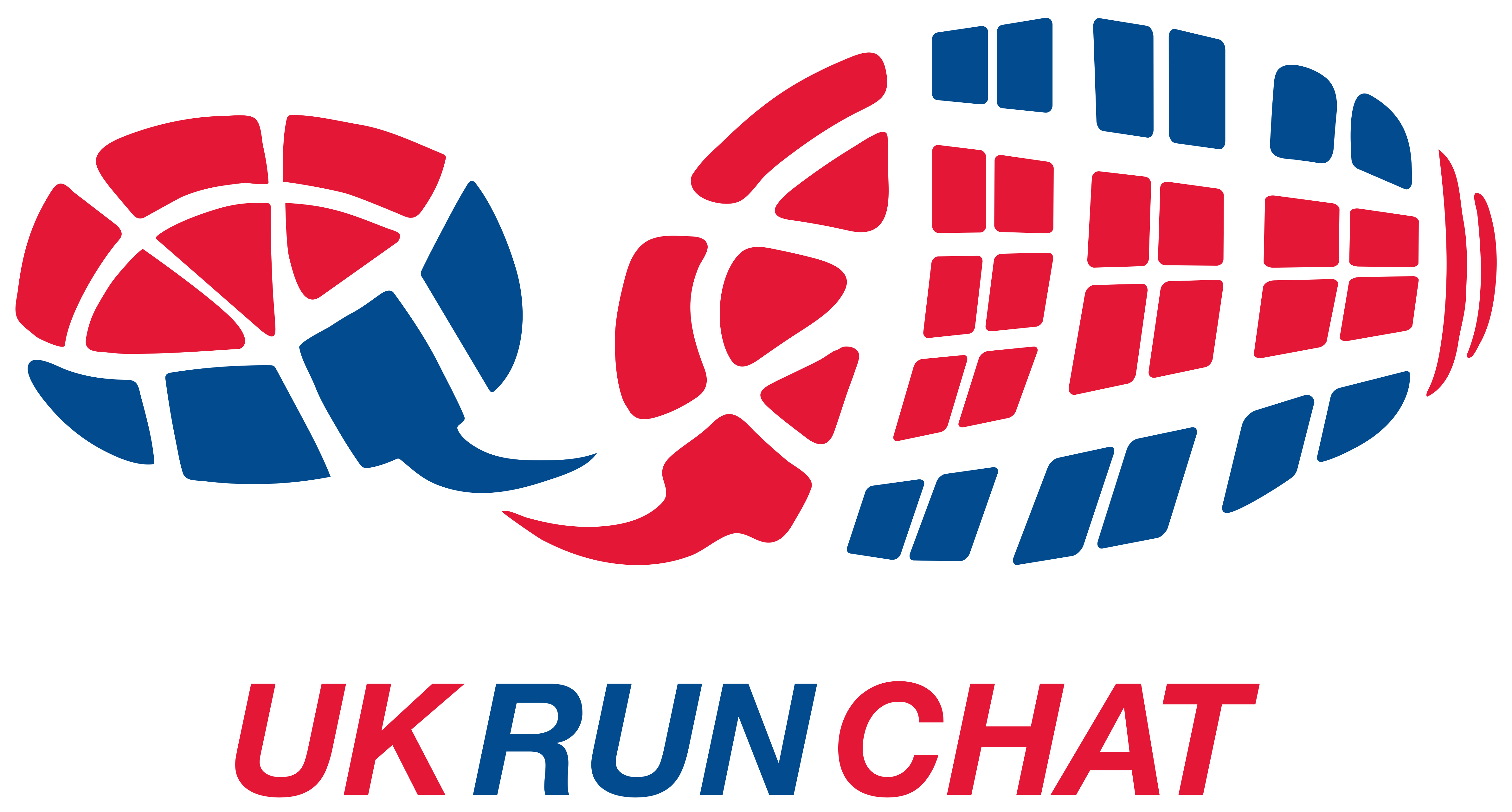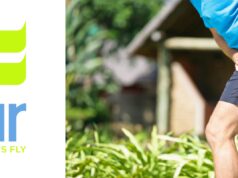Like any injury Achilles tendon pain is frustrating and can really affect your enjoyment of running and walking. Are you hobbling down the stairs first thing in the morning, and every time you stand up you start walking like you’ve aged 20 years! Don’t let it become a niggle that plagues you for the rest of your running life. Something that can really help is kinesiology tape, it not only gives support and assistance in the healing process of the tendon, but also gives you the confidence to start running again.
Before I demonstrate the taping technique I find works best, I would like to give you brief description of the function of the Achilles tendon.
The Achilles tendon is one of the largest and most robust tendons in the human body. It connects the heel bone (calcaneus) to the muscles at the back of the calf (gastrocnemius and soleus). The tendon is encased in a sheath called a para-tendon, which produces a lubricating fluid to prevent friction between the tendon and other structures in the area.
The Achilles tendon has to withstand some of the largest forces in the body whilst running, it transmits the force of the calf muscles which work to support your body weight whilst up on your toes. The force through the Achilles is increased with jumping and uphill running, however when running on flat ground the role of the calf muscles and Achilles tendon changes. They have to exert force whilst lengthening, to slow the forward movement of your body, as the lower leg moves over your foot.
The Achilles tendon is predisposed to injury when running due to over-pronation of the foot (inward roll of the calcaneus in the weight bearing phase of running). Over-pronation results in the heel bone being tilted too far inwards causing excessive pull on the Achilles at its attachment. The bones of the foot are unlocked in this position which leads to further instability of the foot, so the calf muscles have to work even harder to stabilize the ankle whilst weight bearing. The Achilles tendon ends up really struggling when pulling the heel bone at this deviated angle and generate enough force to push off against the ground.
Here’s a brief description of the different types of Achilles injuries:
Achilles tendonitis – occurs when the stress of high intensity activities outpaces the body’s ability to repair, which causes a build-up of micro damage to the fibres.
Achilles Sheath Inflammation (paratendonitis) – is caused by an inflamed tendon that irritates the sheath as the tendon slides back and forth with muscle contractions.
Achilles tendonopathy – is when the body’s repair mechanisms fail to maintain the health of the tendon and the repair process fails, the inner substance of the tendon breaks down.
How to apply the tape
I find this taping technique really effective because it opens the tissue in the area, which increases the circulation and enhances the healing process. It also gives enough support to the achilles tendon to protect it from further damage and degeneration.
You should be able to do this yourself, if not get your partner or a friend (running buddy) to do it for you.
Start with your foot in a dorsi flexed position and apply the first piece of tape from the sole of your foot up the centre of your calf, this will cover the Achilles tendon. When applying this piece of tape don’t put any extra stretch on it.
 The second piece of tape starts from the inside of the heel and wraps around the back of the ankle to the outside of the lower leg, coming round to the shin just above the ankle. When applying the tape don’t put any stretch on the first inch, then put 50% stretch through the tape until the last inch which has no stretch again.
The second piece of tape starts from the inside of the heel and wraps around the back of the ankle to the outside of the lower leg, coming round to the shin just above the ankle. When applying the tape don’t put any stretch on the first inch, then put 50% stretch through the tape until the last inch which has no stretch again.
 The final piece of tape comes from the outside of the heel and wraps around the back of the ankle to the inside of the lower leg, this will create a cross of tape over the achilles tendon, again don’t put any stretch on the first inch, then place 50% of stretch through the centre of the tape, with no stretch at the end.
The final piece of tape comes from the outside of the heel and wraps around the back of the ankle to the inside of the lower leg, this will create a cross of tape over the achilles tendon, again don’t put any stretch on the first inch, then place 50% of stretch through the centre of the tape, with no stretch at the end.

How kinesiology tape helps Achilles tendon injuries
The tape lifts the skin and fascia which allows more blood to enter the tissue in the area, this reactivates or enhances the healing response. It also offloads the joint or area, which stops the damaged tissue from being overloaded and allows it to heal. Because the Achilles tendon is a common area for overuse injuries when running, I’ve found the effects of kinesiology tape are really effective as part of the treatment protocols.
Kinesiology tape is great for helping with the healing process and management of Achilles injuries, However it will not resolve the underlying cause of the injury. So I recommend seeking professional advice from myself or another healthcare professional, to identify the cause of the injury and get advice for long term injury rehabilitation, prevention, and optimising performance.






